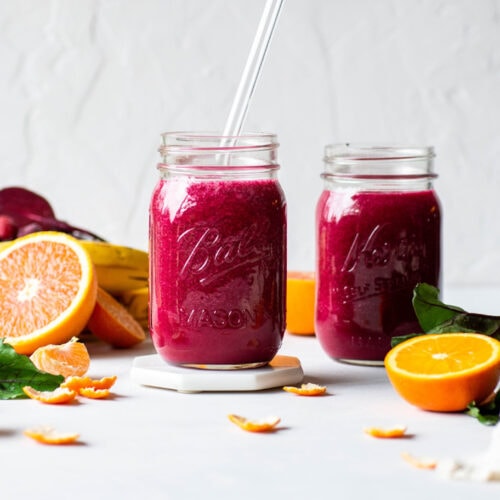Taro root is a starchy root vegetable known for its nutty flavor and versatility. This vegetable has a unique taste and is also packed with essential nutrients. A staple in various cuisines for centuries, taro root has gained popularity throughout the globe as a healthy and delicious ingredient.
What is Taro Root?
Taro root is a fleshy root from a plant called Gabi, which is native to Southeast Asia. While taro is most famous for its bright purple varieties, this root can come in several colors, including white.
The consistency and flavor profile of taro root is similar to a potato, but it is slightly nuttier with a richer taste that can be used in desserts.
Oddly enough, taro is toxic when raw, so it must be cooked before consumption. When cooking with raw taro, always handle the roots with gloves, as the fuzzy brown skin of the taro can irritate the skin.
Is Taro Healthy?
Taro is considered to be healthy, thanks to its high potassium, iron, Vitamin C, and Vitamin A contents. This root vegetable is also considered healthier than white potatoes as it has 3x the fiber content.
5 Ways to Prepare Taro
1. By Itself
After boiling, taro can be roasted and consumed on its own as a side dish. It isn’t usually filling enough to be a meal on its own, but it can be served with a chicken breast or piece of fish to make a complete meal.
2. In Curry
Taro is a popular curry ingredient. Usually, it is cubed and added to the curry early on to allow the taro to soak up the flavor of the sauce.
3. In Beverages
Taro is most famous for its use in boba tea. The pearls in boba tea are made by boiling the root and cooling it rapidly to make the little fleshy balls to place within the tea.
4. For Desserts
Because of its bright purple color, taro is often used to color desserts like ice cream and whipped cream while also adding a delicious nutty taste. Purple taro desserts are most common in Filipino and Thai dishes.
5. In Baked Goods
Taro flower can be used as a gluten replacement to make delicious breads and pastries. While the consistency is a bit different, it is very similar to recipes that use potato flour or potato starch instead of gluten ingredients.






